Middle Years Programme (MYP) design facilitator Tamizh Ponni explains how she has been able to apply Da Vinci’s principles into her design class.

It all started when I began reading Michael J Gelb’s Think like da Vinci. Incidentally, it also happened to be my first year teaching design for students in the Middle Years Programme (MYP). With the experience as a tech integrationist, I knew this could be a good start for facilitating STEAM learning.
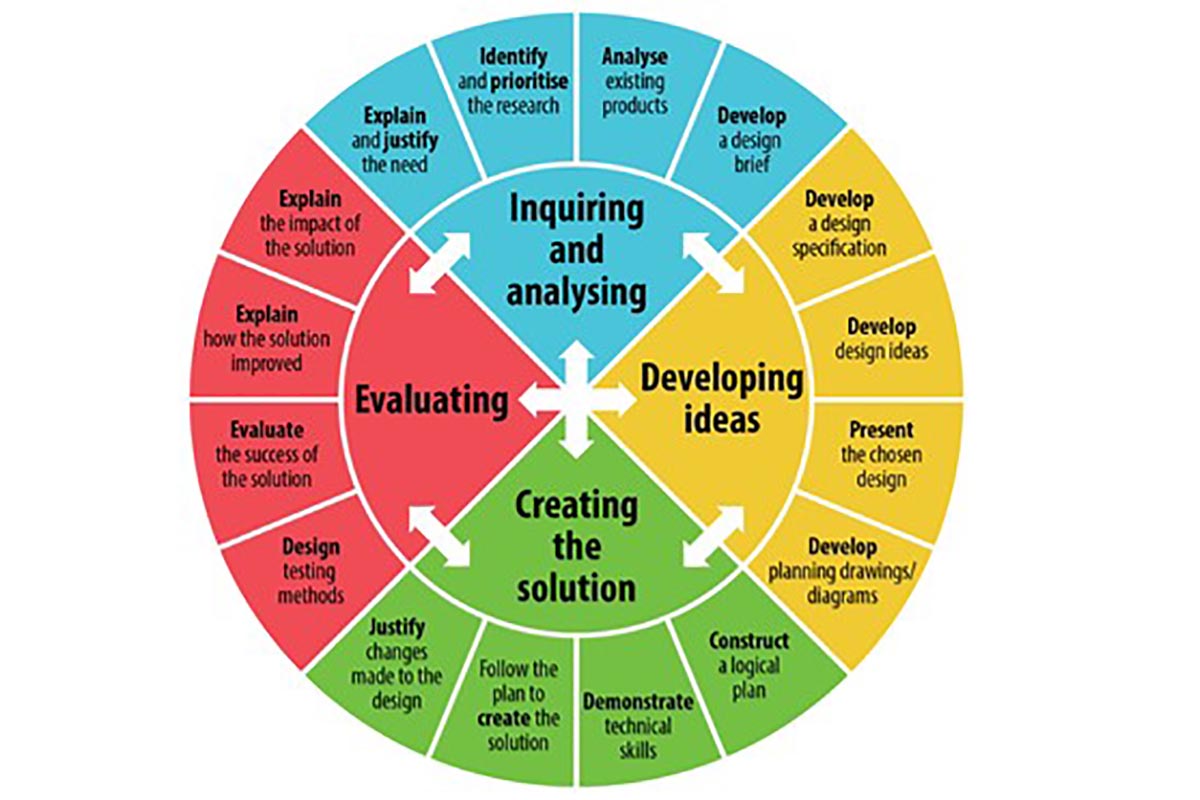
The MYP design cycle is like any other inquiry model, except that it gives detailed insights into developing feasible solutions to real-time problems. Learners develop curiosity and love for learning when they are shown real-time examples and applications of that learning. Understanding why they are learning a concept is of paramount importance. I started my classes by showing some design sketches of Leonardo da Vinci for various machines he dreamed of developing. The book served as a great resource for sparking interest and inquiry in the class. Students even did this short book review after reading it and you can find an example down below.


The seven da Vincian principles
Da Vinci was a polymath, who developed interest in various subjects and pioneered in areas like art, engineering, anatomy, botany, geolog, physics etc. When I adapted the following seven principles of Da Vincian thinking, it helped my learners unleash their unlimited potential for learning and creativity in design. They also connected the knowledge they had acquired from subjects like English, mathematics, science, arts and technology.
Curiosita
“The desire to know is natural to good men”―Leonardo da Vinci
Intelligence and continuous learning are nurtured by passionate questioning. Design thinking too is fueled by insatiable curiosity and makes questions equally important as answers. As Leonardo says, “questioning is an exercise in creative problem-solving of the very highest order”. Learners start designing a product or a solution by making a stream of questions asked from different perspectives.
Here is an example of student-driven inquiry questions stated for research of a unit on an animation project.

Sensazione
“The five senses are the ministers of our soul”―Leonardo da Vinci
Leonardo looked at the five senses as keys to open the doors of experience in this world. His appreciation of the beauty around him was demonstrated through the magnificent paintings that captured the subtle expressions of mankind. He was also a brilliant musician who played flute, lyre and other instruments. He savoured the feel of fine fabrics and his studio was always filled with flowers and perfumes.
My design class always has a pleasant ambient atmosphere filled with gentle music and scents to help learners focus on their tasks. Like Leonardo, I have cultivated a passion for culinary arts and my learners also tried their hands on food design by creating interesting recipes following the design cycle. This project helped them put their five senses to use to create a delicious meal.

Sfumato
“The painter who has no doubts will achieve little”―Leonardo da Vinci
This principle talks about the willingness to embrace ambiguity, willingness and uncertainty. Leonardo explored beauty as well as ugliness in his paintings by combining battles, grotesques and deluges with flowers and beautiful youths.
In design, students follow sfumato by doing product analysis using techniques like SWOT, ACCESSFM, FEEDSCAM, etc. This way, they learn how to embrace creative tension and find out the pros, cons and interesting factors in a product or system.

Arte/Scienza


“Study the science of art and the art of science”―Leonardo da Vinci
Here, students develop a balance between science, art, logic and imagination, which leads to, “whole-brain”, thinking. Mind-mapping is known to be a powerful tool that helps one to cultivate synergy between art and science in planning and problem-solving. Students inquire and analyze a lot about the problem they are investigating through mind-maps and concept-maps they made.
Corporalita
“Sickness is the discord of elements infused into the living body and healing is the restoration of discordant elements”―Leonardo da Vinci
This principle focuses on cultivation of grace, ambidexterity, fitness and poise. Leonardo’s, “vitruvian man”, with human body proportions is a perfect example that reflects this principle. He believed that one should accept personal responsibility for one’s health and well-being.
Learners in their design projects are mindful of the ergonomic and anthropometric factors when they work on human-centered designs to ensure that the user feels comfortable to use their product without having to face any health concerns.
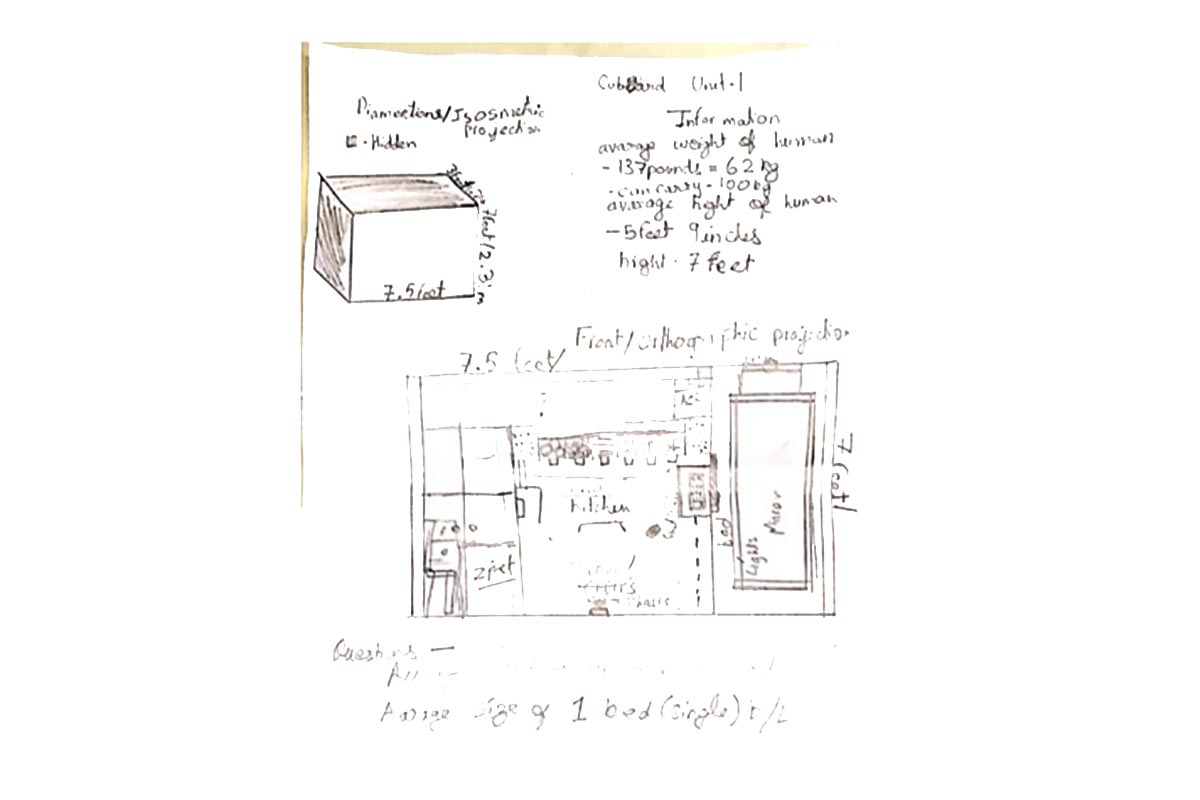
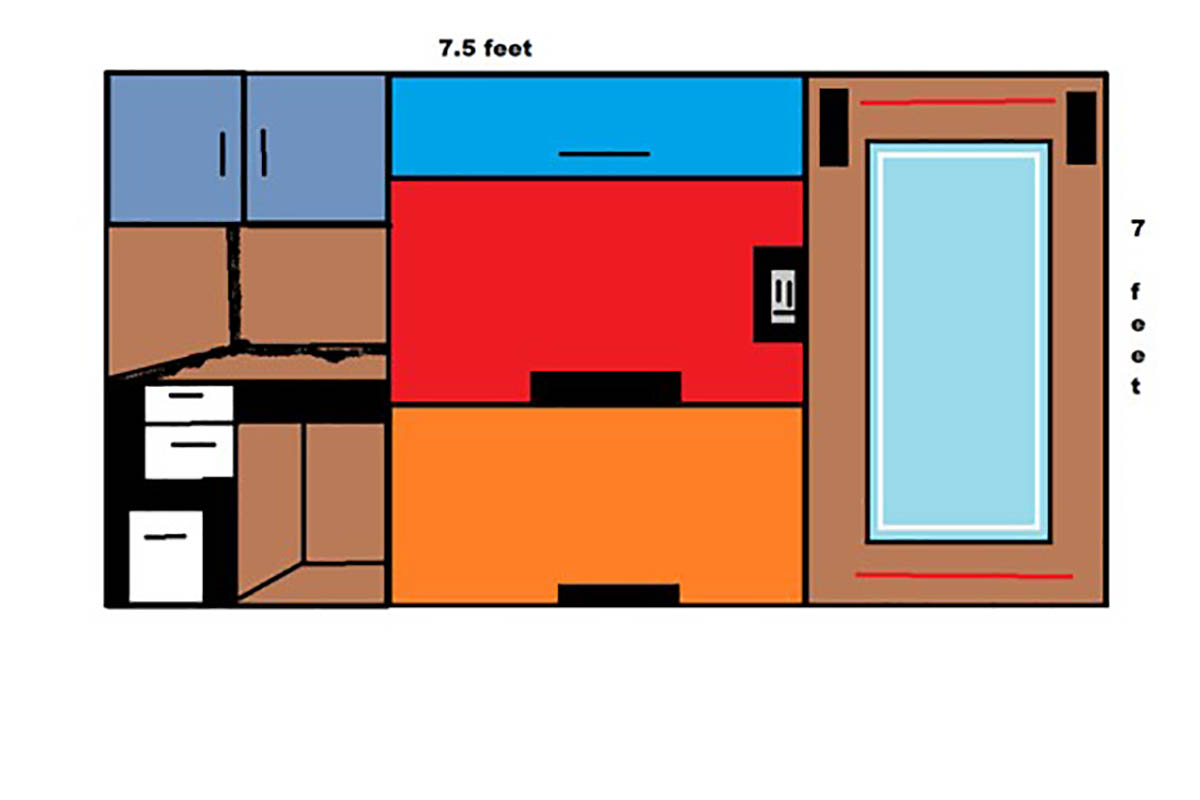

Connessione
“The earth is moved from its position by the weight of a tiny bird resting upon it”―Leonardo da Vinci
Da Vinci showed unparalleled creativity is his lifelong practice of combining and creating diverse elements from nature. Learners in design class become seekers of connections by learning about biomimicry, also known as natured-inspired designs.
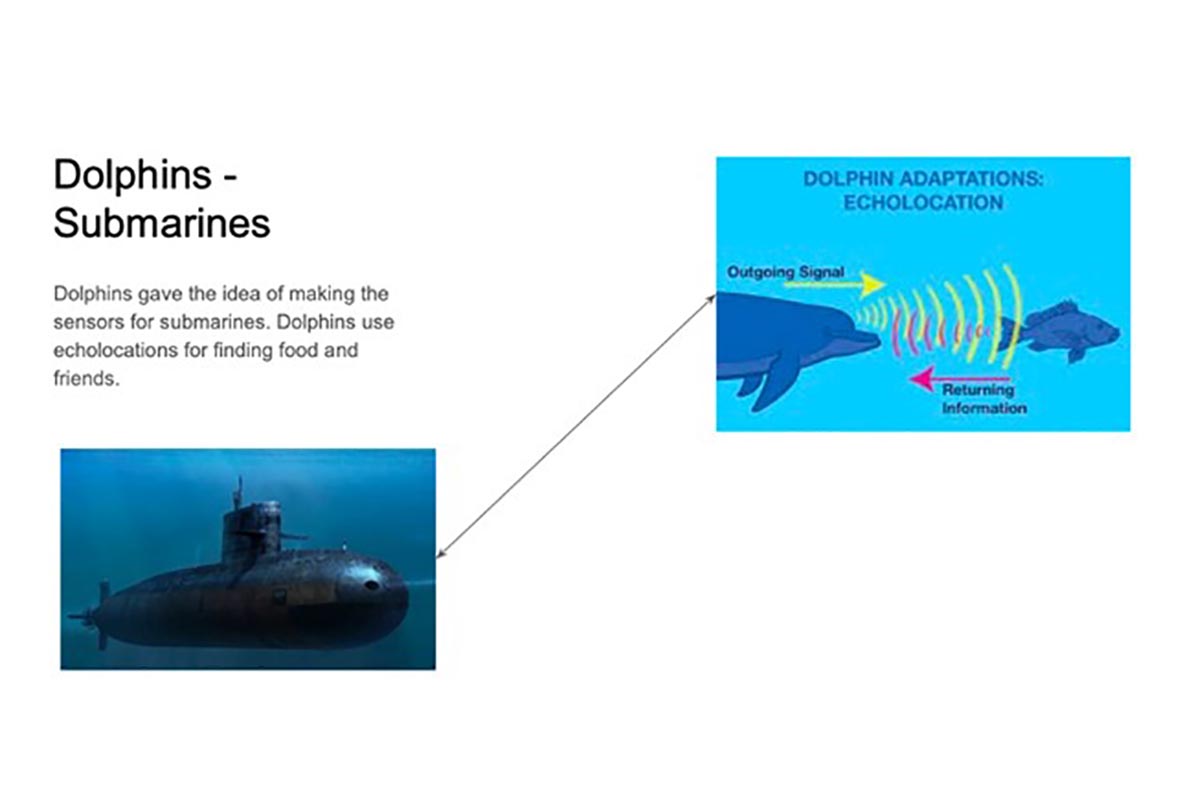
Dimostrazione
“Obstacles do not bend me. Every obstacle is destroyed through vigour”―Leonardo da Vinci
Dimonstrazione is demonstration of knowledge. The theory of knowledge (TOK) embraces the commitment to test knowledge through experience, persistence and willingness to learn from mistakes. That’s the principle students use to test or evaluate their product from their users to get their feedback and learn to accept constructive criticism thereby improving their work.
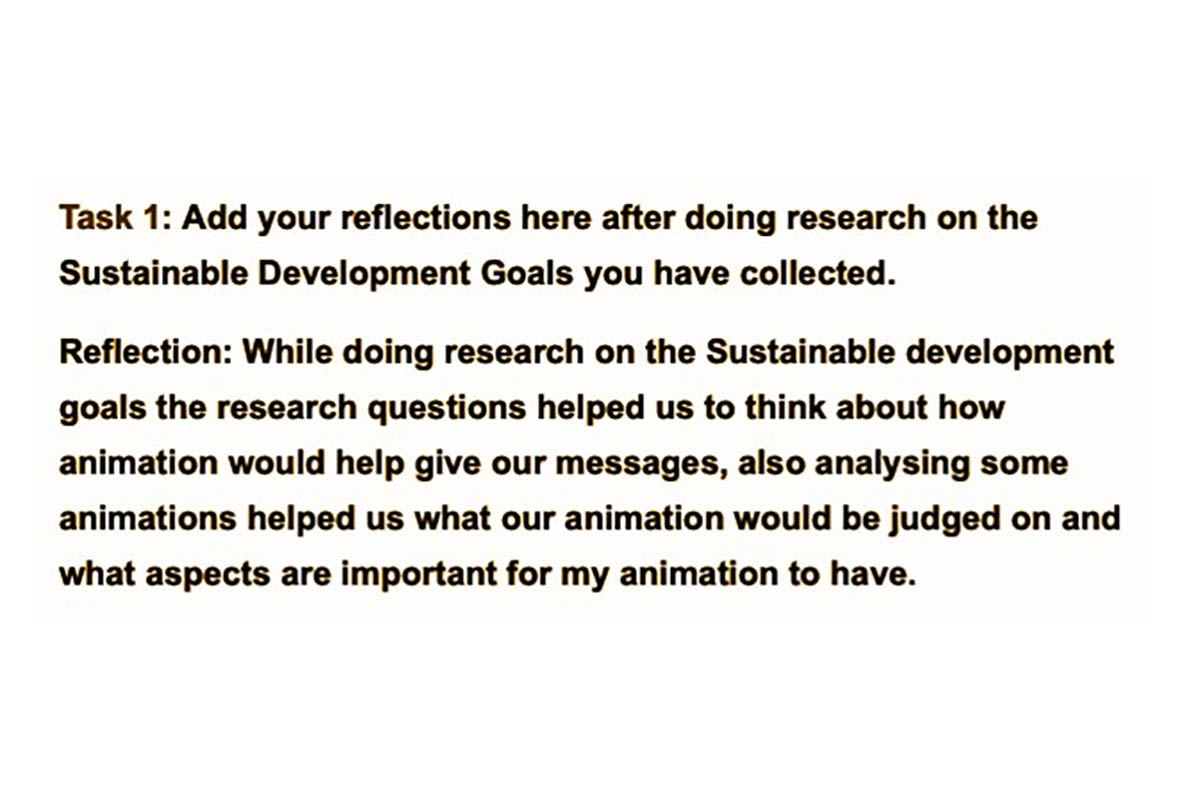



Tamizh Ponni works as Design Facilitator in an International School, Bengaluru, India. She has a Bachelor’s degree in Computer Engineering, an MBA in Human Resources and a Masters in English Literature. She is currently pursuing her M.Tech, PhD integrated course in Data Science. She has worked as a Professional Development Coach and as a Tech Integrationist. Tamizh believes that the best thing in being an IB educator is that beyond teaching there’s a lot of deep learning involved in the process. Tamizh sees learning as a never-ending process and with technology integration, it gives her an interesting dimension to knowledge acquisition and skill-building. Tamizh spends most of my free time painting, reading, writing articles, stories and poems, playing keyboard and watching documentaries/movies. You can connect with her here.
If you enjoyed this story, consider reading more below:



